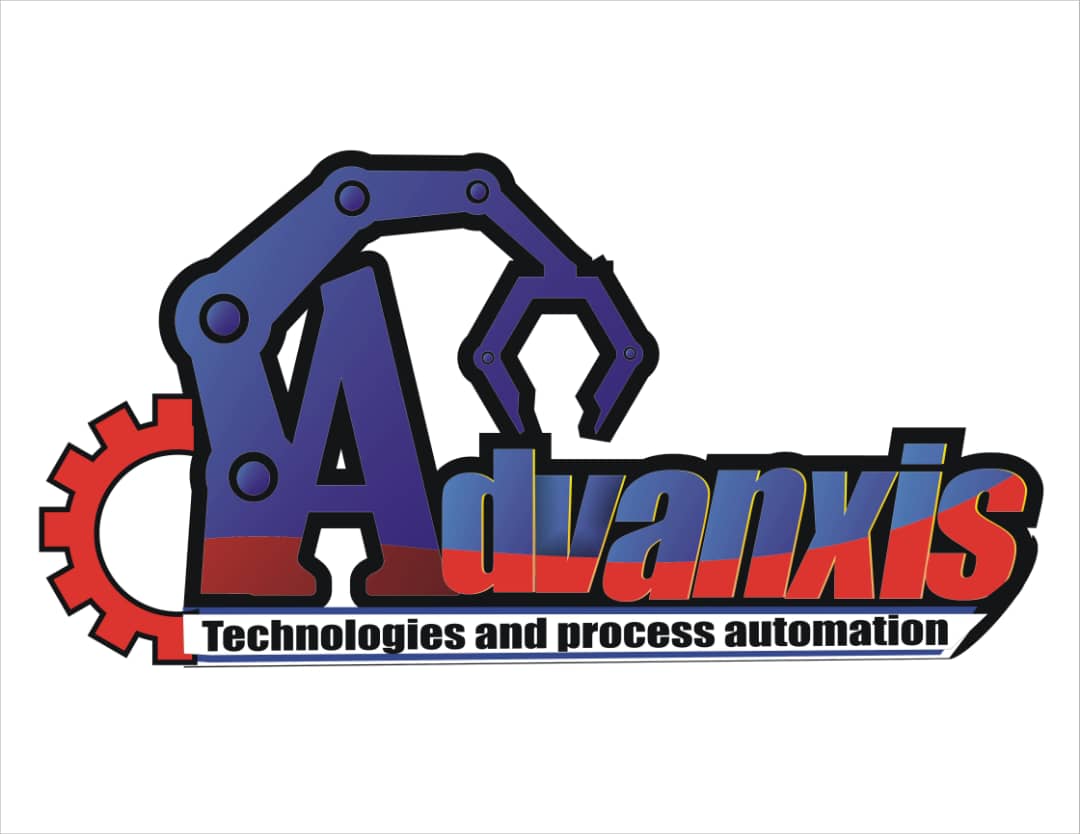LEARNING OBJECTIVES
- Upon completion of the course, participants will be able to:
- analyze and anticipate behavior of main control loop structures (DCS and SIS systems architecture and functionalities),
- explain production equipment, process operating parameters and perform troubleshooting,
- implement proactive, anticipatory control room operation and acquire a safety mindset,
- react and act in a structured manner to anomalies and plant upsets,
- enforce safety guidelines during downgraded and critical situations.
COURSE CONTENT
- GETTING STARTED – DCS FUNCTIONALITIES FOR PROPER ANALYSIS
- Familiarization with HMI functions and operation.
- DCS tools review.
- PROCESS CONTROL & SAFETY INSTRUMENTED SYSTEMS
- Impact of P&ID parameters and simple closed loop tuning.
- Study of control loop structures: cascade, split-range on simulator.
- Programmable logic controllers: introduction to automated sequences.
- Monitoring of start-up sequence (compressor) through MMI.
- Safety Instrumented Systems (SIS): PSS, ESD, HIPPS and F&G systems description.
- WELLS & PRODUCTION LINES OPERATION
- Well start-up (ramp-up) and shutdown.
- Analysis of automatic well control.
- Well monitoring and detection of abnormal conditions.
- ROTATING MACHINERY OPERATION
- Centrifugal pumps.
- Centrifugal compressors:
- Technology review, study of process and auxiliary lines, protection systems.
- Start-up and shutdown sequences.
- Analysis of operating conditions and operating parameters.
- PROCESS UPSET MANAGEMENT
- Alarms: priorities management and decision making.
- Becoming aware of the need for anticipation VS on-alarm action.
- Managing and predicting process disturbances by using trend views. Use of trends to anticipate deviations.
- Global plant performance checks: identification and implementation of a routine checks roadmap.
- Shift report and impact of a faulty report through role play situations.
- Process upsets: learning to react and act in a structured manner.
- Identification, analysis and containment of process upsets according to the learnt methodology.
- Example of simulator exercises performed:
- Loss of centrifugal compressor.
- Loss of cooling media.
- Production rate decrease.
- Unexpected slugging.
- ESD activation due to process safety trip.
- …
- SAFETY IN OPERATION
- Learning to operate the plant in critical situation, to make adequate decision, to follow-up on actions performed.
- Example of simulator exercises performed:
- Gas leakage to the flare.
- Inhibition and downgraded situation mitigation (faulty pressure transmitter, SDV blocked open…).
- Manual ESD activation following leakage detection.
- PRODUCTION START-UP
- Analysis of production facilities start-up philosophy.
- Safe plant start-up.
- Implementing start-up procedure on simulator:
- Operating parameters analysis and anticipation of process upset.
- Generation of several malfunctions (by the instructor) to be fixed.
- Mini project with live process plant
Course Duration 36hrs/3weeks
click here to register for this course
